- Home
- About Us
- Products
-
Heat-Pump Dehumidifier DeAir
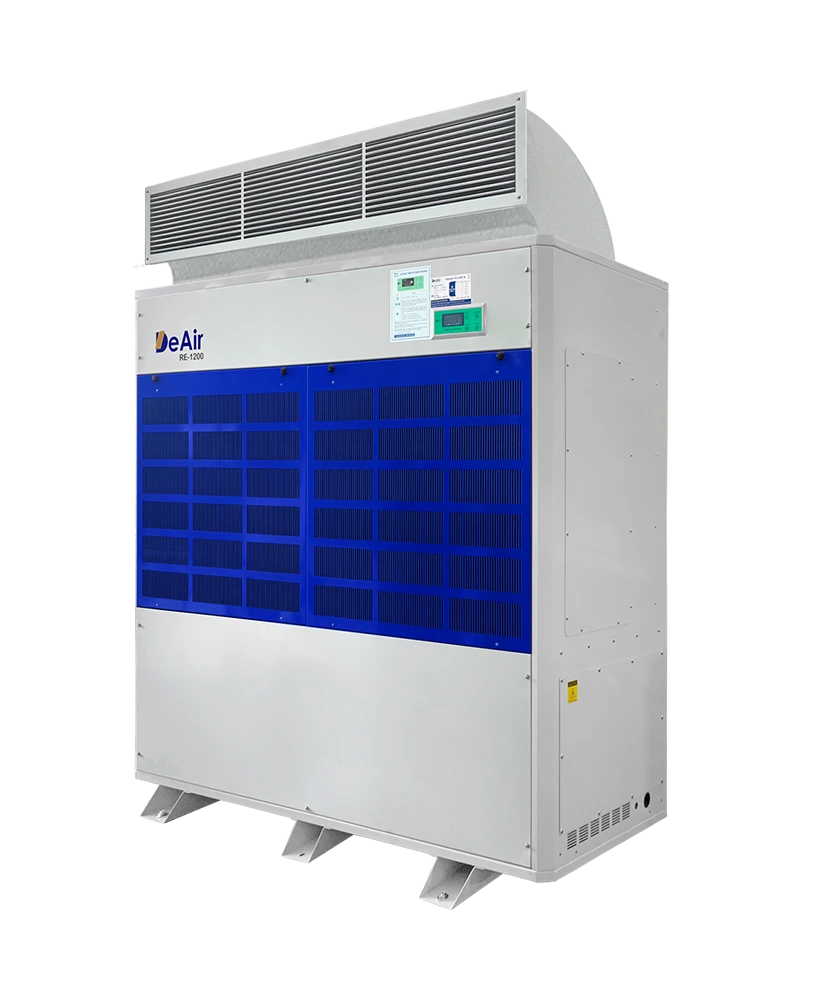 DeAir.RE
DeAir.RE -
Heat-Pump Dryer DeAir.RE-H
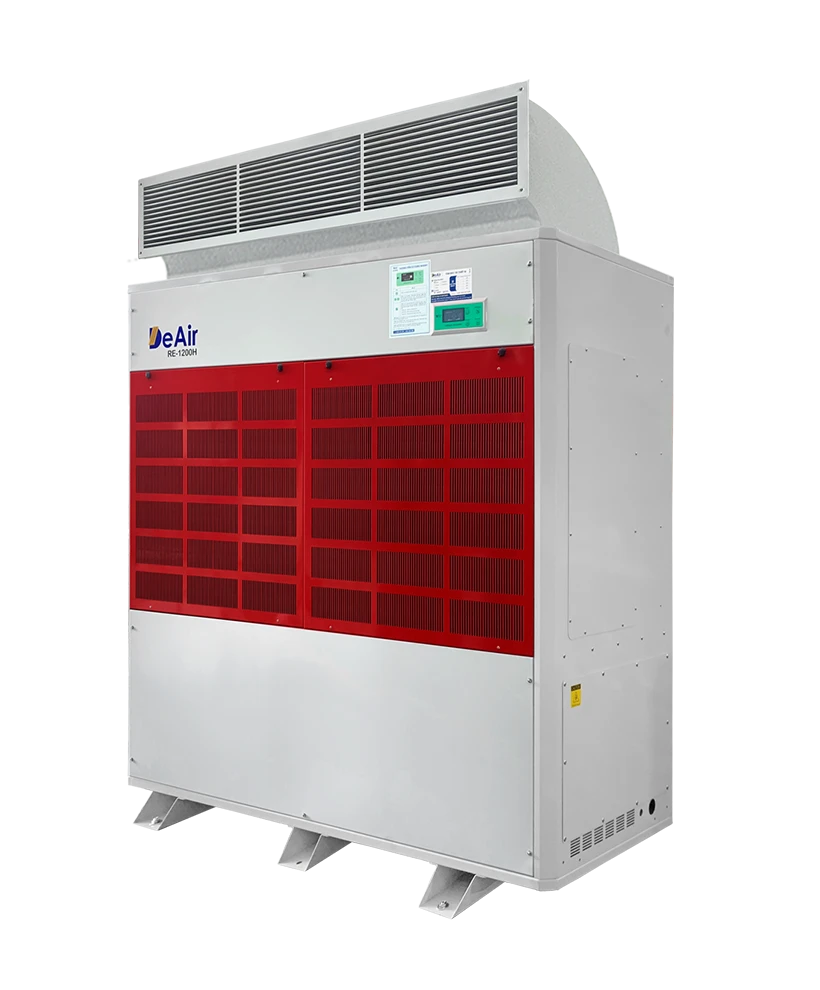 DeAir.RE-H
DeAir.RE-H -
Heat-Pump Stainless Steel Dehumidifier
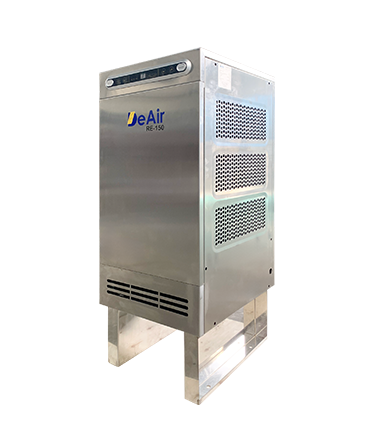 DeAir.RE-INOX
DeAir.RE-INOX -
Heat-Pump Isothermal Dehumidifier DeAir.CRE
 DeAir.CRE
DeAir.CRE -
Dezenno Dehumidifier
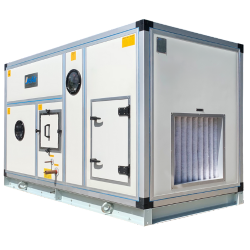 Dezenno
Dezenno -
Heat-Pump Ceiling Mounted Dehumidifier DeAir
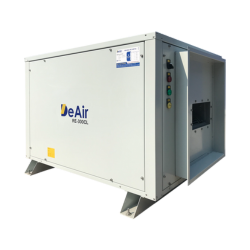 DeAir.RE-CL
DeAir.RE-CL -
Dehumidifier Olmas
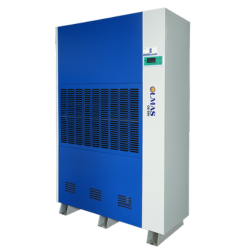 Olmas-OS
Olmas-OS -
Industrial Humidifier DeAir
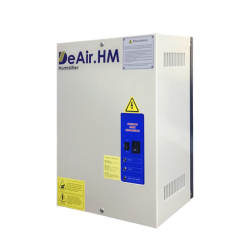 DeAir.HM
DeAir.HM -
Heat-Pump Dryer Daxwell
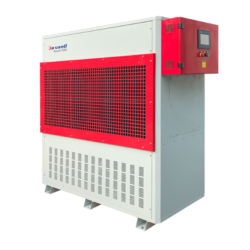 Daxwell
Daxwell -
Electric Duct Heater DeAir
 DeAir.Heat
DeAir.Heat -
Air Handling Unit Dezenno.MAX
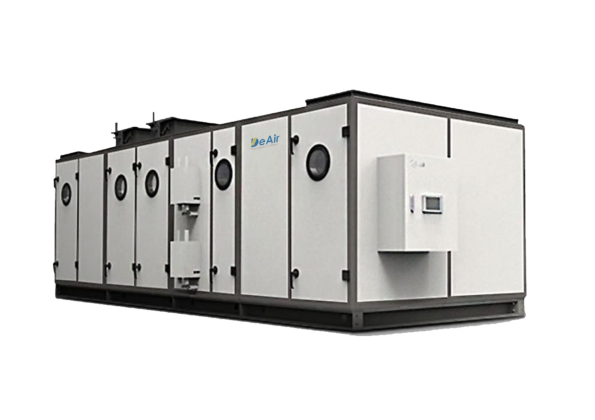 AHU
AHU
-
- Services
- Projects
- Warranty – Maintenance
- News
- Contact
Distinguishing DeAir.Re-H and Daxwell Heat-Pump Dryers
21/05/2025
In the context of the manufacturing industry in Vietnam increasingly developing and focusing on efficiency as well as product quality, advanced drying solutions become extremely essential. Traditional drying methods often have many limitations such as high energy consumption, unstable product quality, dependence on weather conditions and high operating costs.

Technology heat pump dryer (heat pump dryer) was born as an advanced solution based on the principle of thermodynamics, transporting heat from the natural environment effectively. This technology brings many outstanding advantages, especially the ability to save significant energy and preserve the quality of the product after drying.
When learning about heat pump dryers, you can see many different product lines, even within the same brand. This article will help you distinguish between heat pump dryers, especially delving into the differences between DeAir.Re-H heat-pump dryers and Daxwell heat-pump dryer - two prestigious product lines from DeAir, an expert in the field of humidity treatment in Vietnam.
What is a Heat Pump Dryer?
A heat pump dryer is a modern drying device that operates on the principle of an air conditioning system but is optimized to provide high heat energy. Instead of generating heat directly, the heat pump dryer uses the refrigerant circulation cycle to absorb heat from the air and compress this heat to a higher temperature for use in the drying process.
The heat pump drying process takes place in a closed loop: moist air from the drying chamber is drawn through the evaporator to remove moisture. The dry air then passes through the condenser, receiving heat from the compressed refrigerant, becoming a hot, dry air stream that is blown back into the drying chamber to dry the product. This cycle continuously reuses heat, helping to save significantly energy, up to 70% compared to traditional drying methods.
Industrial and Residential Heat Pump Dryers: Important Differences
Before going into the DeAir product lines, it is necessary to clearly distinguish between industrial heat pump dryers and residential ones (such as household clothes dryers). Industrial heat pump dryers have distinct differences:
- Capacity and scale: Much larger, handling large volumes of products in continuous production.
- Design and durability: Made from durable materials, resistant to harsh environments and continuous operation.
- Temperature range & Control: Wider drying temperature range and more complex, precise control system, allowing customization of drying parameters.
- Application: Used in the manufacturing and processing industries of agricultural products, food, pharmaceuticals, and seafood.
- Cost: Initial investment costs may be higher, but long-term operating costs are lower thanks to energy saving.
DeAir's Heat Pump Dryer Lines: DeAir.Re-H and Daxwell
DeAir is a reputable company in Vietnam with a team of experienced experts in the field of humidity and temperature treatment. DeAir provides efficient industrial drying solutions, including two main heat pump dryer lines: DeAir.Re-H and Daxwell.
Heat-Pump Dryer DeAir.Re-H
Initially, the DeAir.Re-H series was a heat-resistant dehumidifier, then equipped with heat pump technology for more durable and economical operation. The name was changed to DeAir.Re-H heat-pump dryer to help customers easily choose based on their uses and needs.
- Main features: This series is famous for its with the ability to heat-resistant and operate effectively in high temperature environments. Some large capacity models have operating temperatures of up to 60°C.
- Control system: An important difference is that the DeAir.Re-H heat-pump dryer series does not have a PLC/HMI control cabinet. The control may be simpler or does not provide the ability to program complex drying cycles in detail.
- Application: Often used for humidity control needs in high temperature environments or drying products that do not require too complex drying process control, such as drying garments.
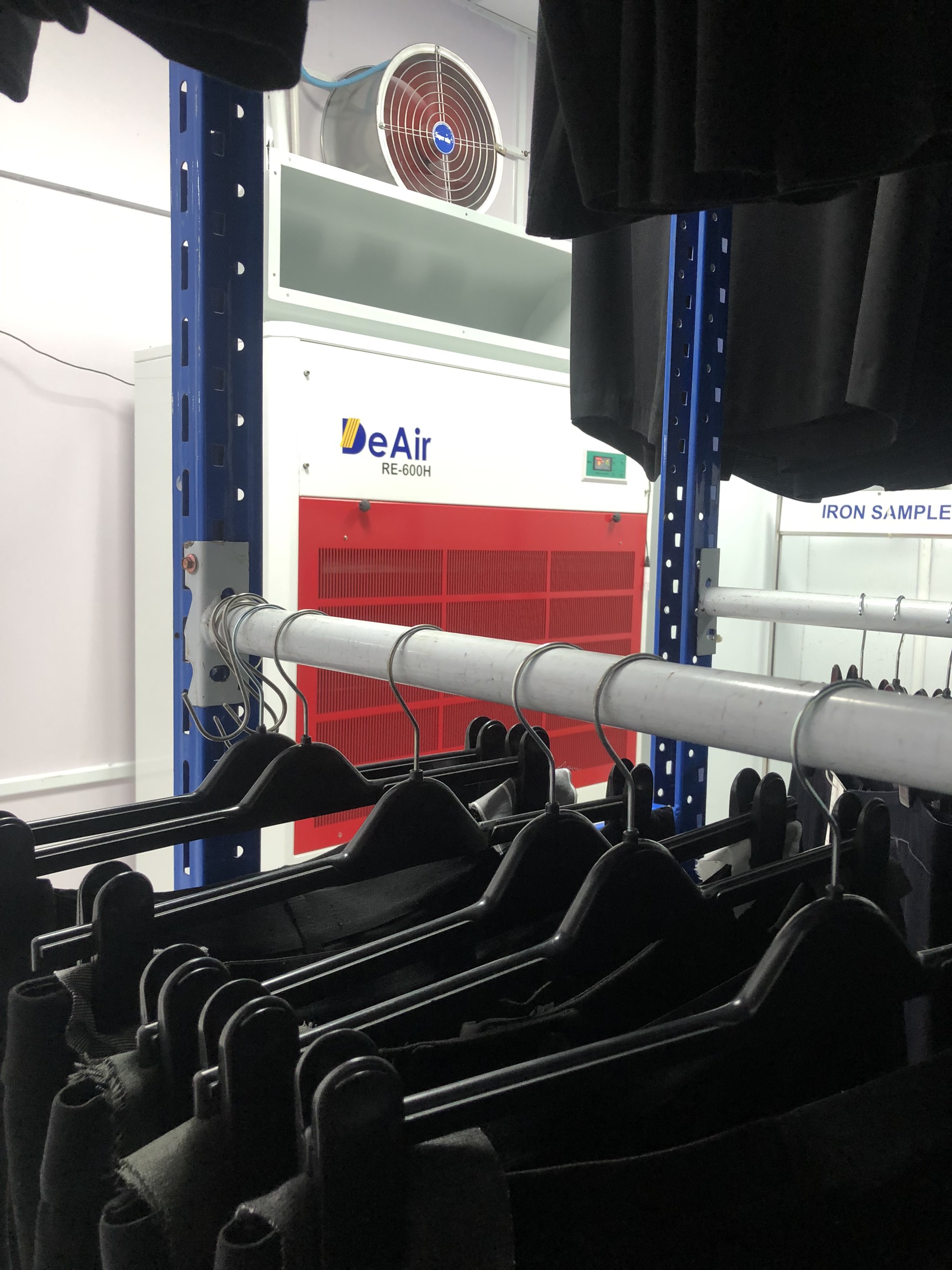
Daxwell Heat-Pump Dryer
Daxwell is a line of heat-pump dryers with an electric control cabinet. This is a line of industrial dryers manufactured by DeAir, combining international technical standards.
- Main features: The difference that brings the outstanding advantage of the Daxwell series is the electrical cabinet with PLC controller and HMI screen.
- Intelligent control system (PLC/HMI):
- Precise control: PLC allows programming of drying parameters (temperature, humidity, time...) accurately according to each type of drying material, ensuring the quality of the dried product is uniform and meets the requirements.
- Visual monitoring: The HMI touch screen provides an intuitive interface, helping the operator easily monitor the operating parameters of the dryer in real time and make quick adjustments.
- Optimize performance: The PLC controls the components of the heat pump system (compressor, fan, valve...) in coordination, helping the system operate at the highest efficiency, energy saving.
- Stability and reliability: Precise control helps the system operate stably, reduces problems and prolongs life.
- Automation: Open expand the ability to automate the production process.
- Diverse temperature range: Daxwell offers many models with different operating temperature ranges, meeting a variety of drying needs:
- D series: 40°C - 60°C, suitable for drying products sensitive to high temperatures (medicinal herbs, vegetables and fruits).
- M series: 50°C - 80°C, suitable for drying processes requiring higher temperatures.
- S series: 25°C - 80°C, temperature range widest range, suitable for drying a variety of products, including cold drying at low temperatures.
- Application: Daxwell is widely used in many industriesIndustries such as agricultural processing (rice, corn, coffee, pepper, vegetables and fruits), food (dried fruit, confectionery, processed food), pharmaceuticals (medicinal materials, herbs), seafood (fish, shrimp, squid) and other industries. The ability to customize the drying cycle helps the machine to suit the characteristics of each type of material.

Overview Comparison of DeAir.Re-H and Daxwell
|
Features / Characteristics |
Heat-Pump Dryer DeAir.Re-H |
Heat-Pump Dryer Daxwell |
Daxwell's Outstanding Benefits |
|
Control system |
No PLC/HMI Electrical Cabinet |
Yes PLC/HMI electrical cabinet |
Precise Control, Visual Monitoring, Automation |
|
Cycle programmability |
Limited/None |
Yes, easy to program according to each material type |
Ensure uniform quality, optimize process |
|
Activity Monitor |
Simple |
Visual on HMI screen |
Easy to monitor, adjust, and manage production |
|
Performance optimization |
Basic controls |
Control the coordination of components, high performance |
Maximum energy savings |
|
Stability & Reliability |
Good |
Higher with precise control |
Reduce problems, Extend device life |
|
Operating temperature range |
Up to 60°C (with high capacity models) |
Wider, up to 80°C (S series has 25-80°C) |
Suitable for a variety of products, including freeze drying |
|
Application |
Drying products that do not require complex drying process control (e.g. garments) |
Drying a variety of products in many industries (agricultural products, food, pharmaceuticals, seafood...) |
Flexible, meeting strict requirements on product quality |
Factors to consider when choosing a heat pump dryer
When choosing a heat pump dryer, businesses need to carefully consider the following factors:
- Type of product to be dried: Each type of product has different requirements for temperature, humidity and drying time.
- Production capacity and scale: Choose a machine with a capacity suitable for the volume of products to be dried.
- Product quality requirements: If it is necessary to strictly control drying parameters, a machine with PLC/HMI is the optimal choice.
- Investment and operating costs: Consider the initial cost and the long-term energy savings.
- Reputable supplier: Choose an experienced supplier, ensuring machine quality and good support service.
Address to buy reputable, quality heat pump dryers in Vietnam
In the Vietnamese market today, DeAir is one of the leading units providing industrial drying solutions using heat pump technology. With many years of experience and a team of experienced experts, DeAir is committed to bringing customers high quality products, stable performance and dedicated support services.
If you are looking for a reputable, quality industrial heat pump dryer, please Contact DeAir for the best advice and support.
1. Comparison of heat pump dryers and traditional dryers
Heat pump dryers and traditional dryers have fundamental differences in operating principles, performance and applications:
- Operating principles:
- Heat pump dryer: Uses thermodynamic cycle to circulate heat, reuses heat energy, saves energy.
- Traditional dryer: Generates heat directly (resistance, gas) and blows hot air through the product, causing a lot of heat loss.
- Energy efficiency: Heat pump dryers are significantly more energy efficient (up to 70%) than conventional dryers.
- Product quality: Heat pump dryers provide better control of temperature and humidity, helping to preserve product quality and reduce damage.
- Operating costs: Although the initial investment cost of a heat pump dryer may be higher, the operating costs are lower due to the energy savings.
- Applications: Heat pump dryers are increasingly popular in many industries due to their efficiency and high drying quality.
2. Comparison of heat pump dryers and condenser dryers
Heat pump dryers and condenser dryers are both modern drying technologies, but there are important differences:
- Operating principle:
- Heat pump dryer: Uses thermodynamic cycle to circulate and reuse heat.
- Condenser dryer: Uses hot air to dry the product, thenwhich condenses the moisture from this air.
- Energy efficiency: Heat pump dryers are generally more energy efficient than condenser dryers.
- Drying temperature: Heat pump dryers can operate at lower temperatures, making them suitable for heat-sensitive products.
- Applications: Both types of dryers are widely used, but heat pump dryers tend to be preferred in industrial applications that require high energy efficiency.
3. How is an industrial heat pump dryer different from a domestic heat pump dryer?
Industrial and domestic heat pump dryers have distinct differences to meet specialized needs:
- Capacity and scale: Industrial machines have much larger capacities, processing large and continuous product volumes.
- Design and durability: Industrial machines are made from more durable materials, withstand harsh working environments and operate continuously.
- Temperature range and control: Industrial machines have a wider drying temperature range and a more complex, precise control system (using PLC and HMI) to customize parameters for each type of product. products.
- Application: Industrial dryers are used in the production and processing of agricultural products, food, medicinal herbs, seafood... while household machines are mainly used to dry clothes.
- Cost: The initial investment cost for industrial machines is higher, but the long-term operating cost is lower thanks to energy saving.
4. What role do PLC and HMI control systems play in modern heat pump dryers?
PLC (Programmable Logic Controller) control systems and HMI (Human-Machine Interface) touch screens provide intelligent and precise control for heat pump dryers:
- Optimal control: PLC allows precise programming of drying parameters (temperature, humidity, time) for each type of material, ensuring consistent product quality.
- Visual monitoring: HMI provides an easy-to-use interface, allowing operators to monitor operating parameters in real time and make quick adjustments.
- Optimizing efficiency Efficiency: PLC coordinates the operation of components (compressor, fan, valve) in each drying stage to save maximum energy.
- Stability and reliability: The control system helps the machine operate stably, minimizes external impacts and the risk of damage, and can integrate safety protection functions.
- Scalability: Easily integrated with production management systems (SCADA) or other devices for more comprehensive automation and management.
Conclusion
Heat pump dryers are a strategic investment that helps businesses improve product quality, optimize operating costs and contribute to sustainable development. The choice between heat-pump dryer DeAir.Re-H and Daxwell heat-pump dryer depends on the level of control required and the variety of products to be dried.
The DeAir.Re-H heat-pump dryer is a reliable solution for high temperature drying or humidity control needs without the need for overly complex controls. Meanwhile, the Daxwell heat-pump dryer with advanced PLC/HMI control system provides precise and flexible control, helping to optimize the drying process for a variety of products and improve the quality of finished products in a superior way.
Contact DeAir today for detailed advice and choose the heat pump dryer solution (including DeAir.Re-H and Daxwell lines) that best suits your business's production needs.
Sign up for news from DeAir
Related news






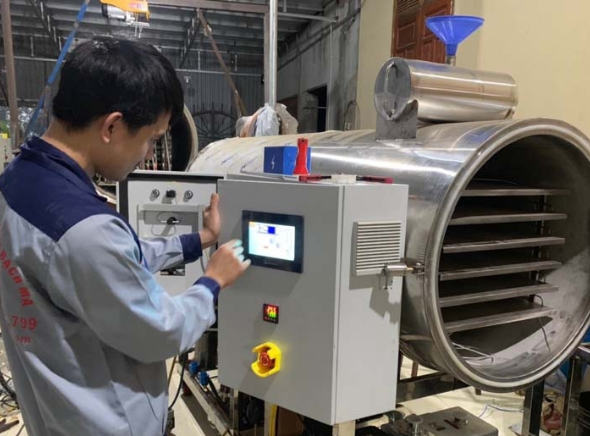



![[Case Study] DeAir Installs DeAir.De Rotor Humidity Control System for Pharmaceutical Plant in Binh Duong [Case Study] DeAir Installs DeAir.De Rotor Humidity Control System for Pharmaceutical Plant in Binh Duong](https://deair.com.vn/thumbs/news/2023_04/ban_giao_may_cho_duoc_bd/[270x153-cr]image1-1024x772.jpg__cv.webp)

![[Review & Guide] Olmas OS-300: The New Humidity Control "Warrior" for Medium to Large Warehouses [Review & Guide] Olmas OS-300: The New Humidity Control "Warrior" for Medium to Large Warehouses](https://deair.com.vn/thumbs/news/huong_dan_su_dung_may_olmas_21/[270x153-cr]vtm06440.png)